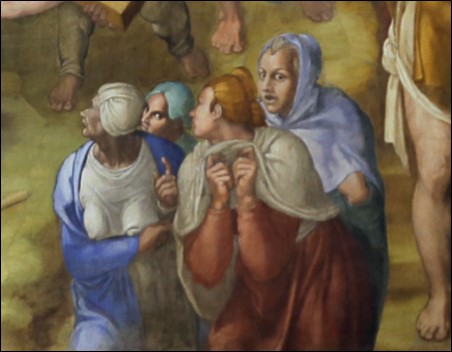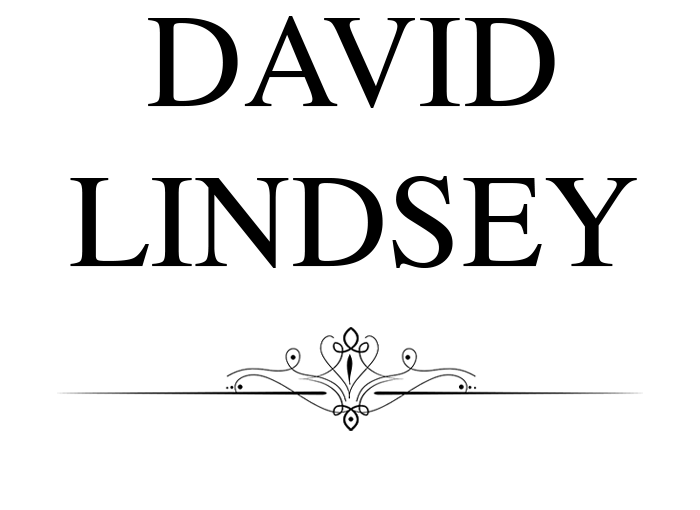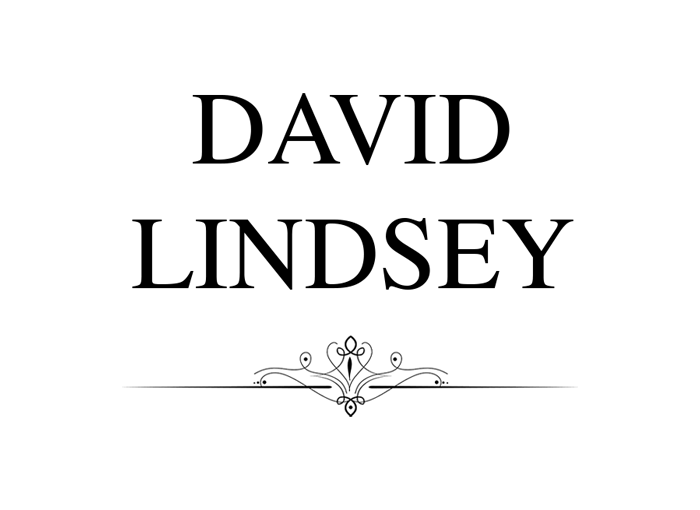 Detail from The Crucifixion of St. Peter, by Michelangelo, from the cover of Forbidden Knowledge
Detail from The Crucifixion of St. Peter, by Michelangelo, from the cover of Forbidden Knowledge
Twenty-eight years ago, in October 1996, I bought a book so full of knowledge and food for thought that since then I have returned to it again and again and keep it on the bookshelf behind me as I sit at my desk. I’ve written in it’s margins, marked up its pages with underlining, check-marks, and asterisks in both pen and pencil. And it has led me to buy and read many other books exploring the same subjects.
Forbidden Knowledge, by Roger Shattuck, at that time a Professor of Modern Foreign Languages at Boston University, is as pertinent today as it was when I bought it. And as it will always be because it has to do with human nature, a boundless subject.
And Shattuck’s book seems particularly meaningful to me today. Once again we are on the brink of a new age of unleashed human curiosity, and the attendant risks that come with it. Not the least of which is the potential for unintended consequences. But now, unlike in other eras of human history, our curiosity is travelling at an accelerated velocity that humanity has never known before, because it was never possible until now.
So, when something new comes along that will impact everyone on earth (yes, I’m talking about something like AI), then we scarcely have time to grasp the enormity of its potential impact before it’s to late to control it. In an article I read recently by Yuval Noah Harari, he cautioned that we should all think twice before unleashing a power we cannot control, as in Johann Wolfgang von Goethe’s story of the sorcerer’s apprentice. (And Walt’s Disney’s version with Mickey Mouse.)
Shattuck’s book Forbidden Knowledge helped me think in new ways about the conundrum of the risks and benefits of human curiosity.
Like all tools we have access to, curiosity and imagination can be used either to build things up or to tear things down.
It’s up to us to decide how we want to use them.

